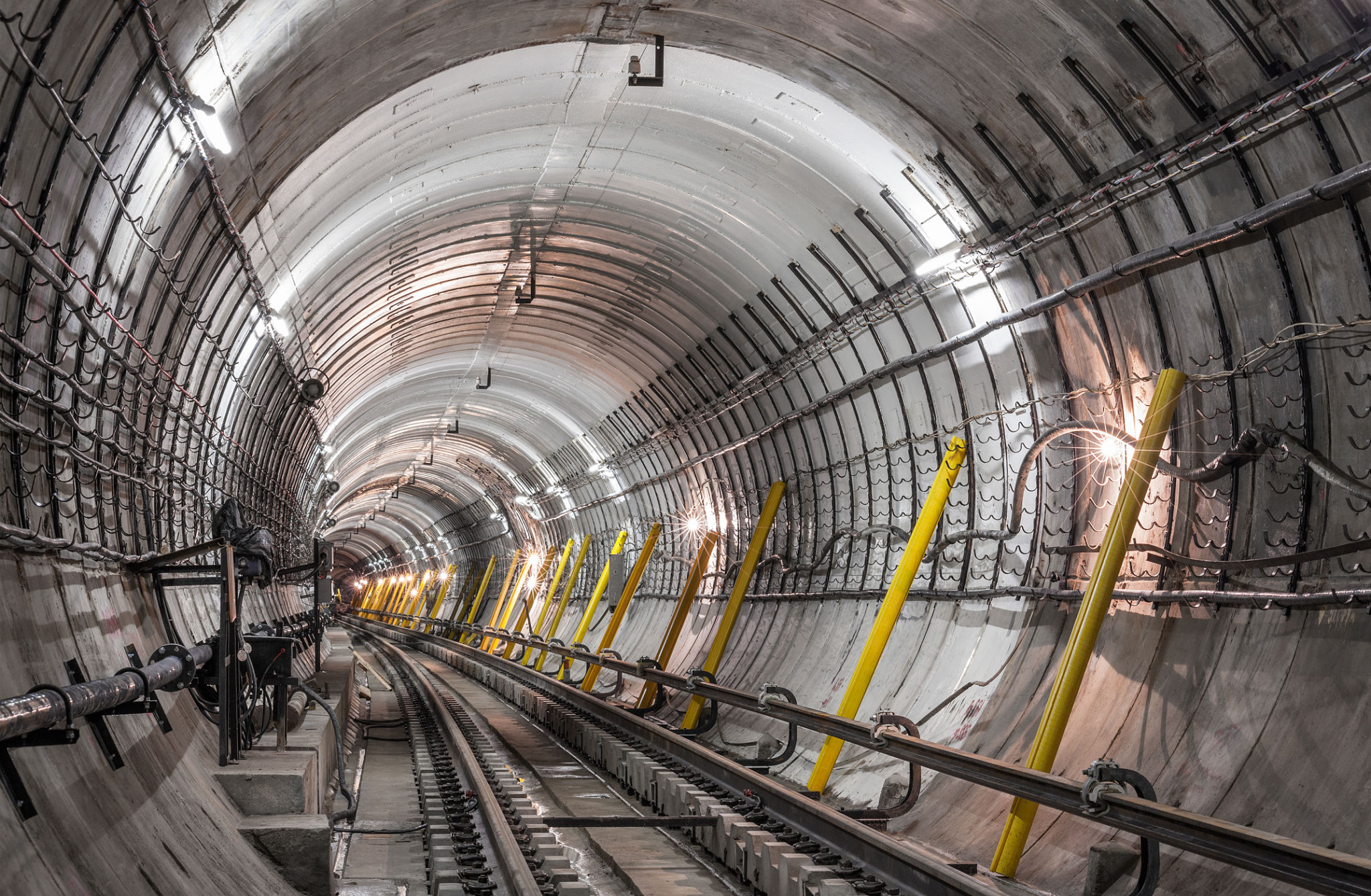Understanding Underground Utility Services: A Comprehensive Guide
Introduction to Underground Utility Services
In today's rapidly urbanizing world, the infrastructure that supports our cities is increasingly complex. Underground utility services play a crucial role in maintaining the functionality and safety of urban environments. These services include the installation, maintenance, and management of essential utilities like water, electricity, gas, telecommunications, and sewage systems.
Understanding how these systems work is vital for both industry professionals and the general public. This guide aims to provide a comprehensive overview of underground utility services, their significance, and how they impact our daily lives.
The Importance of Accurate Utility Mapping
Before any construction or excavation work begins, it is imperative to have an accurate map of underground utilities. This mapping prevents potential hazards and costly damages. Utility mapping involves detecting, identifying, and marking the positions of pipes and cables beneath the surface.
Advanced technologies such as Ground Penetrating Radar (GPR) and electromagnetic locators are frequently used in utility mapping. These technologies help in creating precise maps that ensure safety and efficiency in construction projects.

Key Components of Underground Utility Services
Underground utilities consist of several key services that are integral to urban living. Here are some of the major components:
- Water Supply Systems: These include pipelines that transport clean water to homes and businesses.
- Sewage and Drainage Systems: Pipes that carry wastewater away for treatment.
- Electricity Cables: High-voltage cables that distribute power throughout the city.
- Gas Pipelines: Networks that supply natural gas for heating and cooking.
- Telecommunication Cables: Fiber optic and copper cables that enable internet and phone services.
Challenges in Managing Underground Utilities
Managing underground utilities presents several challenges. One major issue is the aging infrastructure in many cities. Older systems are prone to leaks and breaks, requiring regular maintenance and upgrades. Additionally, urban expansion often leads to congestion in underground spaces, making it difficult to install new services without disrupting existing ones.

Coordination among various utility providers is also crucial. Without effective communication and planning, there can be conflicts or overlaps in utility lines, leading to service interruptions or unsafe conditions.
The Role of Technology in Utility Management
Technology plays a pivotal role in improving the efficiency and reliability of underground utility services. Innovations such as smart sensors and IoT devices allow for real-time monitoring of utility networks. These technologies help detect issues early, reducing downtime and repair costs.
Moreover, data analytics and predictive modeling enable utility companies to forecast demand and plan for future expansions or upgrades effectively. By leveraging technology, utility providers can enhance service delivery while minimizing environmental impact.

Sustainability and Future Trends
Sustainability is becoming an essential consideration in the management of underground utilities. There is a growing emphasis on using eco-friendly materials and practices in the construction and maintenance of these systems. For instance, water recycling systems and renewable energy sources are increasingly being integrated into utility networks.
Future trends point towards more sophisticated technologies like AI-driven automation and digital twins for utility management. These advancements promise to further optimize operations, ensuring that underground utilities can meet the demands of an ever-growing urban population.
Conclusion: The Path Forward
Underground utility services are the backbone of modern urban infrastructure. As cities continue to grow, understanding and effectively managing these systems become even more critical. Through advanced technologies and sustainable practices, we can ensure that these essential services remain reliable, safe, and efficient for future generations.
By staying informed about the intricacies of underground utilities and embracing innovative solutions, stakeholders can contribute to building resilient cities equipped to handle the challenges of tomorrow.
